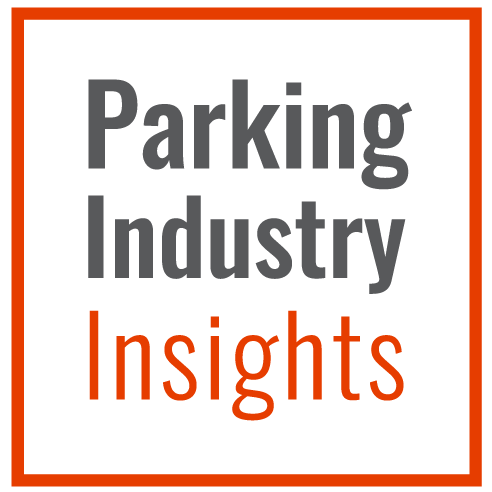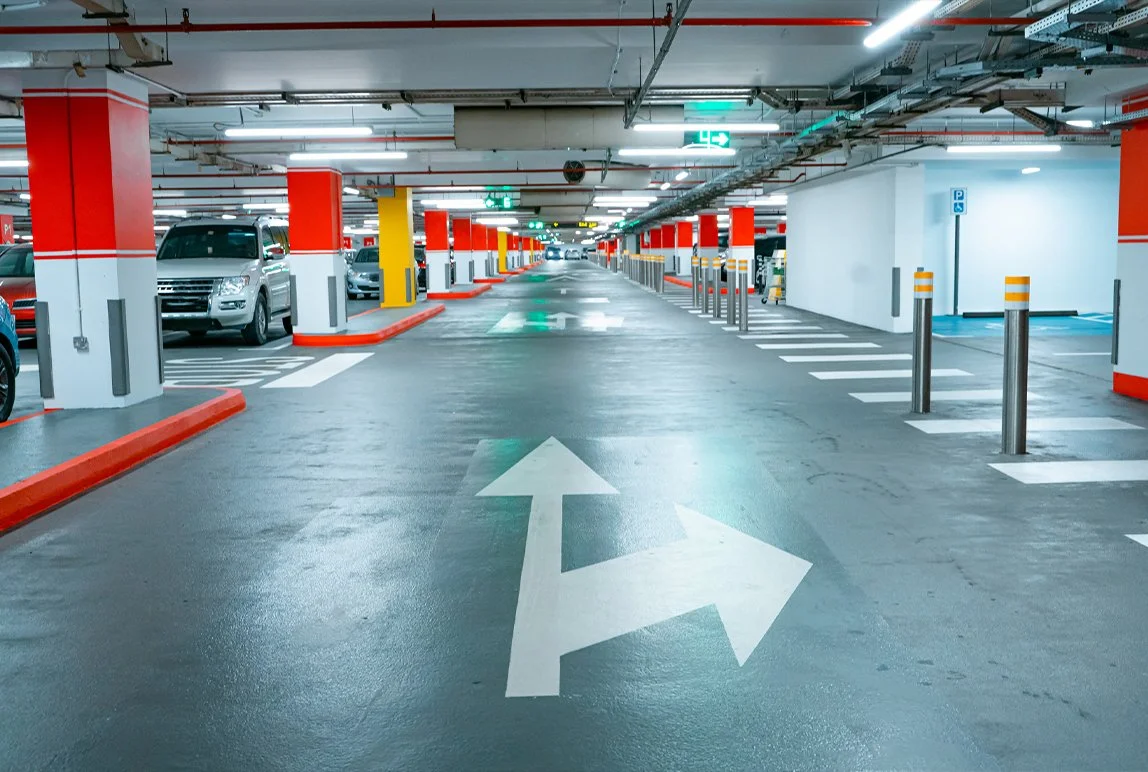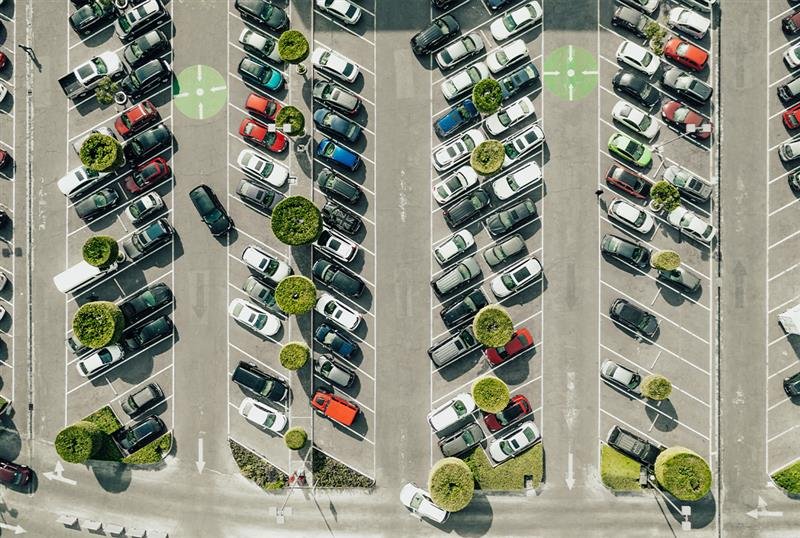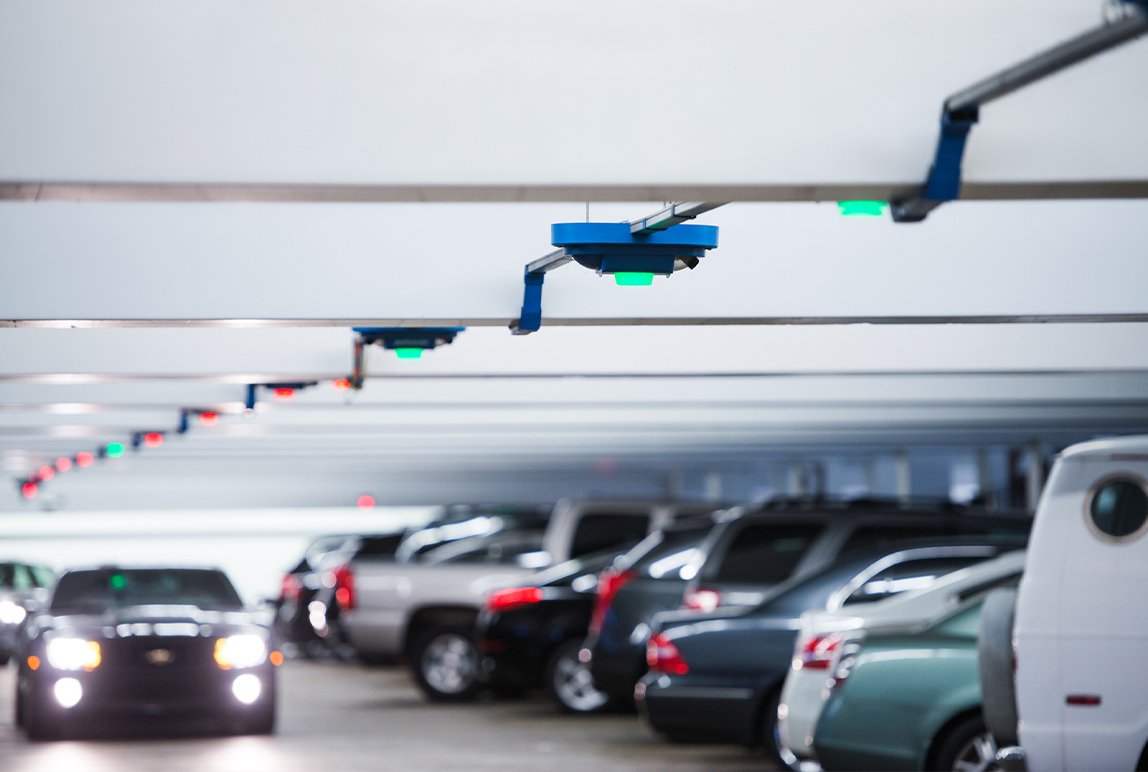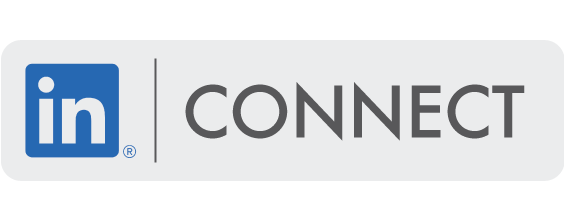The Ultimate Guide: Everything You Need to Know About License Plate Recognition
Posted: Jul, 19, 2023 9:00AM ET • 12 min read
The parking and mobility industry is changing. Gone are the days of retrieving a physical ticket to get in and out of a facility. Smart solutions are the future of parking, allowing your customers to quickly get from point A to Z. Now is the time for organizations to switch towards smart solutions that will mitigate risk while enhancing the customer journey.
The first step? Making way for License Plate Recognition technology in your parking infrastructure. This guide will help you:
Understand the basics of LPR
Determine the right fit for you
Create your business case
Ask the right questions
License Plate Recognition 101
When we think about parking, we often associate it with receiving a ticket from a gate or parking meter and paying for our parking duration upon exit. Now, various technologies on the market do more than control access to your facility— and License Plate Recognition is one of them.
So, what is license plate recognition?
Simply put, it's a technology that captures an image of a license plate passing through a camera's field of view, typically upon entry into a parking facility. This technology can be used in both gated- and non-gated facilities and has two main applications:
Controlling access with a fixed installation at the entrance and exit of a parking facility.
For enforcement, either on a handheld device in lots patrolled on foot or attached to vehicles for larger facilities patrolled by car.
How Does it Work?
License plate recognition is easier to understand than you think. The technology enables vehicle license plates to act as a credential at access points, simplifying the payment process and allowing customers to enter and exit your facility quickly.
Step 1: Capture
A video or still image of a vehicle is captured using either an optical or an infrared camera. System programmers train the machine learning algorithms to recognize vehicles and distinguish between multiple vehicles within the frame to ensure all license plates are captured.
Step 2: Localization
Once the vehicle license plate is captured, a license plate localization algorithm is used to determine the specific area of interest in the camera’s field of view where the license plate is located. Artificial intelligence (AI) is used to differentiate the physical properties of a license plate from other text on the vehicle.
Step 3: Character Recognition
Character recognition algorithms are used to determine the alphanumeric characters inside the localized part of the image that was previously captured. This is done by comparing each character image to representative images stored in the database.
Step 4: Post Processing
The license plate is then compared to either access, notification or block lists to potentially vend the gate or notify via text or email about the license plate passage. Unclear license plate matching can be enabled to allow exceptions of misreads of some characters. If multiple cameras are used, reads from the different cameras can be compared to select the reader with the highest confidence.
A Solution Built for All
No matter the size of your parking operation, license plate recognition offers an abundance of efficiencies that suit all operational needs, including:
Simplified access and control
Enhanced security programs
Increased enforcement accuracy
Advanced reporting and business intelligence
Greater revenue capture fueled by dynamic pricing models
Opportunities for marketing and loyalty programs
Cohesive integrations with last-mile logistics
Help customers remember where they parked
Which Model is the Right Fit for You?
License plate recognition is not a one size fits all solution. Below are the LPR models currently on the market that enable frictionless access to your facility.
Ticketless
Enter the gated parking lot without obtaining a ticket
On exit, the amount due is calculated
Pay by entering the license plate and/or payment at the exit terminal.
2. Frictionless
No gated parking technology, only the ALPR system
Payment options: on pay station, mobile device, or invoices via mail
Honour system paired with a collection agency and image library for enforcement
3. Convenient Exit
Enter the gated parking lot via ALPR or obtain an entry ticket
Payment options: mobile device or pay station
Exit options: enter license plate / ALPR knows vehicle has paid.
Enhanced Security Programs
The beauty of LPR is that the system can cross-reference guidelines such as access lists, blocklists, or notification lists— enabling you to control who is coming and going at all times.
Access Lists:
Employees
Contractors
Permit holders
VIPs/validations
Block Lists:
Restricted access lists (i.e. non-permit holders, banned vehicles)
Commonly converted to a notification list due to on-ramp congestion
More popular with overhead doors at street level
Notification Lists
Aka “be-on-lookout” lists
Vehicles repeatedly entering and exiting
Vehicles on a block list
Enforcement notifications
Increased Enforcement Accuracy
Did you know that by installing LPR technology, you can decrease your violation disputes by up to 44%? Whether by camera or on foot, LPR enforcement increases patrolling accuracy and helps you secure revenue capture.
LPR Enforcement by Camera
LPR-equipped vehicles patrol aisles and scan license plates
Automatically generates violation for the operator to issue
Mount fixed cameras throughout the facility with post-billing violations for cost savings and passive enforcement
LPR Enforcement by Foot
Visible nature for security conscious
Patrollers access ALPR tech on mobile devices by capturing license plates with software.
Real-time verification of authorized vehicles
Electronically “chalks” vehicle to monitor movement
Advanced Reporting & BI
The key to running a successful parking operation? Knowing what is happening at all times.
LPR technology provides you with the ultimate combination of real-time insights, live control, data visualization and reporting, allowing you to understand and track;
Who enters and exits
Where, when, and for how long they park Peak days and times
High-demand parking areas
Frequency of visits and repeat customers Where visitors are from
Make and model of vehicles
Validations, reservations, and permit types used
Enable Dynamic Pricing Models
LPR technology can help parking operators make more intelligent decisions about managing their parking facility and setting rate structures on the fly. Better strategic decisions can be made once you have a real-time understanding of your various customer types, typical parking stall locations, and times and days of the week your customers are parking.
Targeted Marketing Opportunities
Your customers are the backbone of your operation, so why not reward them? LPR systems can use the license plate as the credential to encourage parking through loyalty programs. Promotional offers can be designated to visitors who meet specific criteria, such as the make and model of their car, the number of times they've parked and behaviours, such as days and times they typically arrive.
Cohesive Last-Mile Integrations
The last mile of any journey is often the most fraught— but thanks to LPR, you can change that. Whether booking an electric vehicle charging station, car care service, or services beyond the parking lot, such as restaurant or locker services, LPR lets you tally all services and the associated costs using one license plate. But it doesn’t stop there. LPR can be integrated with last-mile logistics through business platforms that ensure you are a part of the customer journey every step of the way.
Find My Car Assistance
A solution ideal for large parking facilities, license plate recognition through sensor technology can help your visitors remember where they parked by simply entering a vehicle license plate into a parking pay station, find-my-car kiosk, or mobile app. Sensor technology attached to parking stalls records parked vehicles' license plates, enabling us to communicate where a vehicle is parked.
Technical Specifications You Need to Consider
To make your LPR venture easy below is a comprehensive list of components and key considerations when investing in license plate recognition technology.
Hardware Specifications
Mounting options:
Wall or roof mounted
Pole mounted
Cabinet with an enclosed camera (ground-mounted)—equipped with light to help with low-lighting conditions
Camera specifications:
Colour camera with IR (infrared) capability (built-in IR light) for low-light conditions
Rolling shutter/global shutter for low-speed/high-speed variations
Low shutter speeds to minimize motion blur (less than 1/240s)
Various lens, optical zoom, and resolution options to handle different site layouts
Lighting specifications:
Infrared lighting
Lens supports IR and visible spectrums
Software Specifications
Algorithm type:
Computer vision methodology: looks for a rectangular shape in the image of a particular size. Once the license plate has been found, technologies such as optical character recognition (OCR) are used to convert the image of the license plate into alphanumeric text.
Artificial intelligence (AI): detects vehicle types, makes, and models, in addition to seeing and reading the license plates on those vehicles
Read ranges:
N= variable used to determine the length of characters (ranges from 1-8)
Potential Challenges & Solutions
Like anything, there is always a possibility that you may face challenges when integrating new parking technologies into your current infrastructure. But with every challenge comes a solution.
Challenges
Environmental: rain, snow, dirt
Physical: damaged/no plate, plate covers/frames
Lighting: sunlight glare, shadows, night
Angle and distance
Solutions
Implement alternative entry and tracking: tickets, virtual customer service
Entry and tracking: EG vehicle signature
Strategically install cameras: front and back cameras
Install high-quality LPR systems
Make Your Business Case: Why LPR should make its way into your program’s budget.
There is no doubt that LPR requires significant investment from both a resource and budgetary standpoint. This technology can be deployed to satisfy various use cases, making it a viable solution for gated- and non-gated parking facilities.
Below are 8 benefits to integrating License Plate Recognition that will help you secure stakeholder buy-in in your next parking program's fiscal budget:
License plate recognition fuels frictionless parking access and control.
License plate recognition enhances your security program.
License plate recognition empowers greater parking enforcement accuracy.
License plate recognition stimulates hands-free permits and reservations.
License plate recognition provides real-time business intelligence.
License plate recognition helps deploy dynamic pricing models.
License plate recognition connects your parking facility with last-mile logistics.
License plate recognition nurtures loyalty programs.
Share Article:
ABOUT THE AUTHOR
Justin Powell
Regional President, Western Canada
Justin was already an experienced professional in the parking industry when he joined Precise ParkLink in 2005. He has a particular expertise in the areas of valet parking, parking lot management, and equipment sales, installation, and service. This experience and his commitment to serving his clients have not only made him a well respected figure in the Canadian parking industry but have contributed significantly to the growth of Precise ParkLink’s representation in British Columbia. Having studied business management at the British Columbia Institute of Technology, Justin takes the time to understand the industry and the market he serves; he is an active member of the Canadian Parking Association (CPA), Canadian Transportation Group (sitting member), Building Owners and Managers Association (BOMA), and The Downtown Vancouver Association (DVA).
Questions?
Fill out the form below and we will do our best to connect you with a suitable contact.
